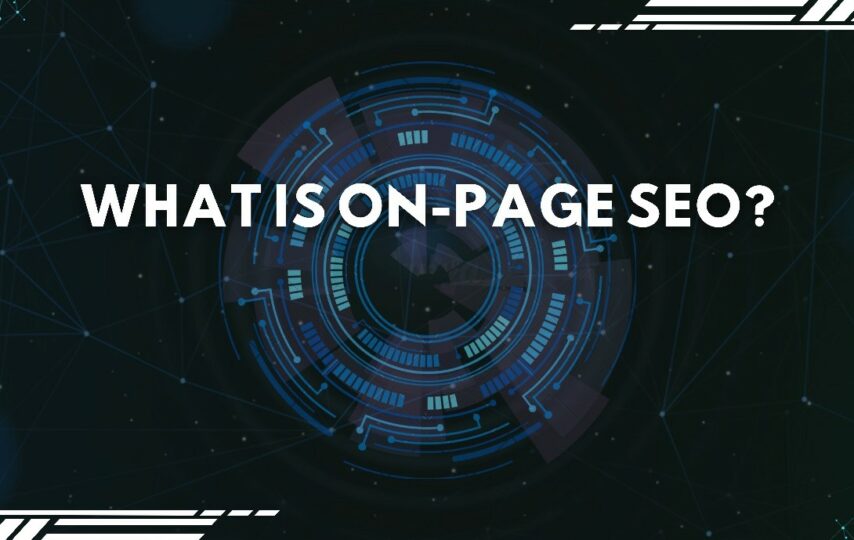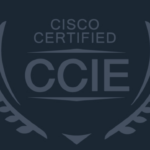In the ever-evolving world of digital marketing, search engine optimization (SEO) plays a crucial role in improving a website’s visibility and attracting organic traffic. One of the fundamental aspects of SEO is on-page optimization, which involves optimizing various elements within a webpage to enhance its search engine rankings. In this article, we will delve into the concept of on-page SEO, exploring its importance, key techniques, and best practices.
1. Introduction to On-Page SEO
On-page SEO refers to the practice of optimizing individual web pages to improve their search engine rankings and drive organic traffic. It involves optimizing various on-page elements, such as content, meta tags, headings, images, URLs, and internal links. By following on-page optimization techniques, website owners can provide search engines with relevant information about their webpages, making it easier for search engines to understand and index the content.
2. The Importance of On-Page Optimization
On-page optimization is essential for several reasons. Firstly, it helps search engines understand the content and context of a webpage, enabling them to rank it appropriately in search engine results pages (SERPs). Proper optimization ensures that search engines can crawl and index the webpage efficiently, increasing its chances of appearing in relevant search queries.
Secondly, on-page SEO enhances the user experience by making web pages more informative, relevant, and user-friendly. When visitors find valuable and engaging content on a webpage, they are more likely to spend time on the site, explore other pages, and potentially convert into customers or subscribers.
3. Keyword Research and Targeting
Keyword research is a crucial step in on-page SEO. It involves identifying the keywords and phrases that users are likely to use when searching for information related to your website. By incorporating these keywords strategically within your content, headings, and meta tags, you can increase your website’s visibility in search engine results.
To conduct effective keyword research, you can utilize various tools like Google Keyword Planner, SEMrush, or Moz Keyword Explorer. Look for keywords with high search volume, relevance to your content, and relatively low competition. Long-tail keywords can also be valuable, as they often have less competition and can attract more targeted traffic.
4. Meta Tags and Descriptions
Meta tags are HTML elements that provide information about a webpage to search engines. Two important meta tags are the title tag and meta description.
The title tag appears as the clickable headline in search engine results. It should be concise, engaging, and include relevant keywords. Ideally, the title tag should be within 60 characters to ensure it is displayed fully in the search results.
The meta description, on the other hand, is a brief summary of the webpage’s content. It should accurately describe the page and entice users to click through to your website. Aim for a meta description length of around 150-160 characters.
Heading tags (H1, H2, H3, etc.) are HTML elements used to structure the content and indicate its hierarchy. Search engines use these tags to understand the importance of different sections within a webpage.
The H1 tag represents the main heading of the page and should be used only once. Subheadings (H2, H3, etc.) can be used to divide the content into sections and subsections. Incorporate relevant keywords naturally into your headings to improve their SEO value.
6. Creating High-Quality Content
High-quality and relevant content is the backbone of any successful SEO strategy. When creating content for your web pages, focus on providing value to your audience. Write in-depth articles, blog posts, or product descriptions that address common queries and provide comprehensive information.
Ensure your content is well-structured, easy to read, and incorporates relevant keywords naturally. Use subheadings, bullet points, and numbered lists to break up the text and improve readability. Including multimedia elements like images, videos, and infographics can also enhance the user experience.
7. Image Optimization
Images can significantly contribute to a webpage’s appeal and engagement. However, they need to be optimized for search engines. Use descriptive file names and alt text for your images, including relevant keywords where appropriate. Compress the images to ensure they load quickly without compromising on quality.
8. URL Structure and Optimization
A clean and optimized URL structure can improve the visibility and search engine rankings of your webpages. Include relevant keywords in the URL, separating them with hyphens. Short, concise URLs are preferred, as they are easier to read and share. Avoid using dynamic URLs with random numbers and characters.
9. Internal Linking
Internal linking refers to linking one page of your website to another. It helps search engines discover and index your webpages, as well as establishes a hierarchical structure within your website. Use descriptive anchor text while linking internally, incorporating relevant keywords.
Internal links also enable visitors to navigate through your website easily, increasing their time on site and reducing bounce rates. Create a logical linking structure that guides users to related or relevant content within your website.
10. Mobile Responsiveness
With the increasing use of smartphones and tablets, having a mobile-responsive website is crucial. A mobile-responsive design ensures that your webpages adapt and display correctly on various screen sizes and devices. Google and other search engines prioritize mobile-friendly websites in their search results, making it a vital aspect of on-page SEO.
11. Page Speed Optimization
Page speed is a critical factor in both user experience and search engine rankings. Slow-loading webpages can frustrate users and lead to higher bounce rates. Optimize your website’s performance by minifying CSS and JavaScript files, compressing images, and utilizing caching techniques. Regularly monitor your website’s speed using tools like Google PageSpeed Insights or GTmetrix.
12. User Experience and Readability
User experience (UX) is an integral part of on-page optimization. Ensure your website has a clean and intuitive design, easy navigation, and clear call-to-action buttons. Improve readability by using legible fonts, appropriate font sizes, and sufficient spacing between lines and paragraphs.
Focus on delivering valuable content that addresses the needs and concerns of your target audience. Consider the readability level of your content and avoid using jargon or technical terms that may confuse your readers.
13. Schema Markup
Schema markup is a structured data format that provides additional information about your webpages to search engines. By implementing schema markup, you can enhance the visibility of your content in search results through rich snippets, such as star ratings, reviews, or event details. Schema markup can increase click-through rates and improve your website’s overall SEO performance.
14. Social Sharing Integration
Integrating social sharing buttons on your web
pages allows visitors to easily share your content across various social media platforms. When your content is shared and engaged with on social media, it can contribute to improved visibility and increased organic traffic. Encourage social sharing by creating valuable and shareable content that resonates with your audience.
15. Monitoring and Measuring On-Page SEO Performance
To gauge the effectiveness of your on-page SEO efforts, it’s essential to monitor and measure your website’s performance. Utilize tools like Google Analytics and Google Search Console to track key metrics such as organic traffic, bounce rates, time on site, and keyword rankings. Analyze the data regularly and make necessary adjustments to your on-page optimization strategy.
Conclusion
On-page SEO is a critical aspect of optimizing your web pages for search engines and improving their visibility in search results. By following the techniques and best practices outlined in this article, you can enhance your website’s on-page optimization and attract more organic traffic. Remember to focus on creating high-quality content, utilizing relevant keywords, optimizing various on-page elements, and providing an exceptional user experience.







